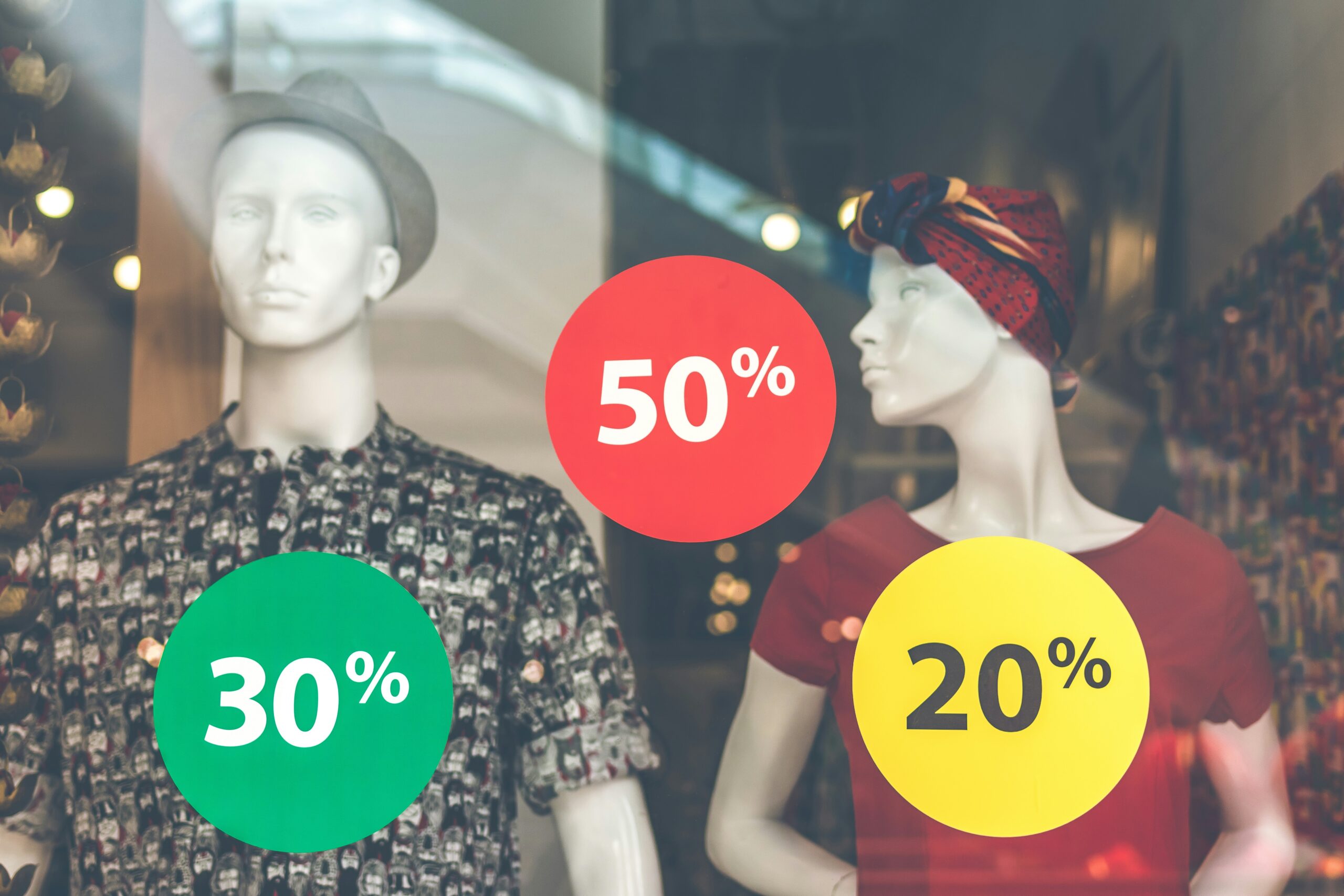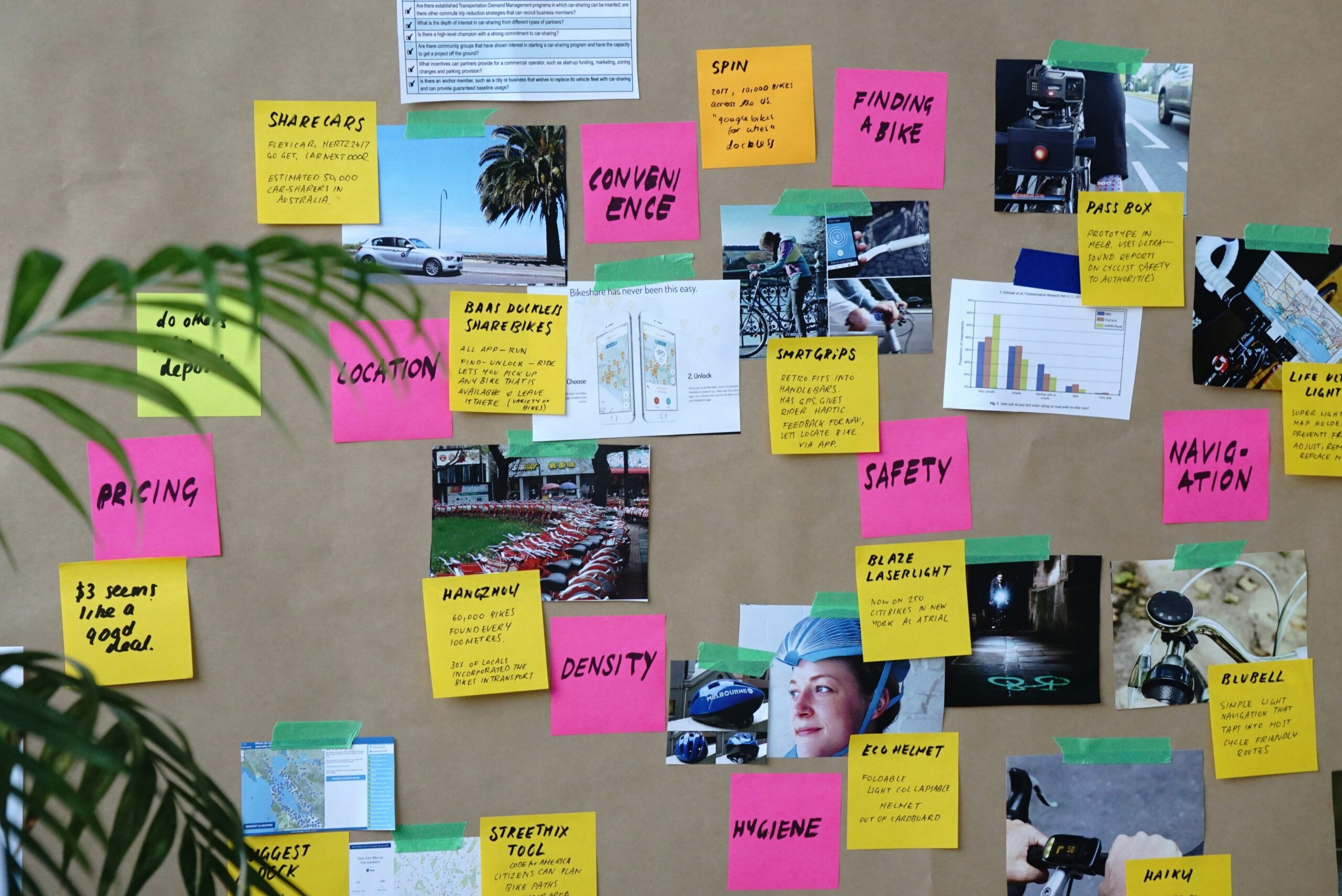
In today’s competitive market, understanding how to grab customer attention is crucial for any business. Whether you’re a small startup or a large corporation, the ability to make your message stand out can significantly impact your success. From visual contrasts to emotional storytelling, there are several strategies that can help you capture and maintain your audience’s focus. In this blog, we’ll explore effective techniques to grab customer attention and keep them engaged with your brand.
How to Grab Customer Attention Using Contrast
The human brain is instinctively wired to prioritize survival against potential threats. Our ancient brain pays attention to anything that could pose a danger, and contrasts are one such trigger. For example, when humans walk on two feet, the contrast of wolves walking on four legs causes our brain to perceive them as a potential threat and keep a close eye on them for our own safety.
Contrast is a powerful tool in marketing, as it can be used to attract people’s attention and make information or ideas stand out. In a world where we are constantly bombarded with information, it’s more important than ever to use contrast to grab the attention of your target audience.
Contrast can be created through visual or verbal means, highlighting differences and similarities between elements. For instance, using a contrasting color, font, or image can make certain information stand out and grab attention. Similarly, using contrasting words or phrases in written or verbal communication can create emphasis and make messages more memorable.
Using Visual and Verbal Contrast to Grab Customer Attention
One key benefit of using contrast in persuasive communication is that it can capture people’s attention involuntarily. Our brains are wired to pay attention to things that stand out or are different from what we normally see or hear. By using contrast, you can make your message or idea more noticeable and memorable, even if your target audience isn’t actively paying attention.
Here are a few tips from ‘Persuasion Code’ by Christophe Morin and Patrick Renvoise:
- Use Color Contrast: Using contrasting colors can make certain elements stand out and grab attention. For example, using a bright color to highlight important information in a presentation or advertisement.
- Use Size Contrast: Varying the size of elements can create a sense of hierarchy and draw attention to the most important information. For example, using a larger font size for headlines and subheadings in a document.
- Use Typography Contrast: Different font styles and weights can create contrast and draw attention to specific text. For example, using bold text to emphasize key points in a message.
- Use Contrasting Images: Using images with high contrast can help grab attention and make a message more memorable. For example, using an image with high contrast to illustrate a point in a presentation.
- Use Contrasting Words: Verbal contrast can be created through the use of contrasting words or phrases, such as “but” or “yet”. These words can help to emphasize a point and make it more memorable.
Effective Positioning
Positioning refers to the strategic placement of elements within a visual or textual framework to optimize attention and engagement. Positioning isn’t just about where something is located physically, but how it stands in relation to other elements within the same context. Effective positioning can significantly impact the way an audience perceives and interacts with your message.
One of the most fundamental aspects of positioning in marketing is the layout of visual content. By placing important elements, such as calls to action or key messages, in prominent positions within your design, you can naturally guide the viewer’s eye towards them. This is often referred to as the “visual hierarchy,” where elements are arranged in order of importance. For instance, placing a call to action button at the top of a webpage or in the center of a visual ad ensures that it is one of the first things noticed by the audience.
Another critical aspect of positioning is the use of whitespace, or negative space, which refers to the empty areas around and between design elements. Whitespace can help to isolate key messages, making them stand out more prominently against a cluttered background. This technique is particularly effective in digital advertising, where the competition for attention is fierce. By strategically positioning your content within an ample amount of whitespace, you can create a sense of focus and clarity that draws the viewer’s attention.
Optimizing Content Format
Content format and layout play a crucial role in how effectively contrast can be used to grab attention. Properly organizing content not only enhances readability but also highlights key messages.
- Whitespace: Strategic use of whitespace can help make your content more digestible and emphasize key elements. For instance, placing important information in areas with ample whitespace around it can draw the eye and give it prominence.
- Alignment: Using alignment to create contrast can help organize information in a visually appealing way. For example, aligning headlines to the left and body text to the right can create a structured look that draws attention to the headlines first.
- Bullet Points and Lists: Using bullet points or numbered lists can break up dense text and highlight important points. This method is particularly effective in making key information stand out and easier to scan.
Using Emotions to Grab Customer Attention

Emotions are one of the most powerful drivers of attention and influence. When we experience strong emotions, such as fear, excitement, or surprise, our brain pays extra attention to what’s happening, making us more likely to remember and respond to it. This is why marketers and advertisers often use emotions to grab people’s attention and influence their behavior. As Jonah Berger states in ‘Contagious: Why Things Catch On,’ people will also share information that motivates strong emotions.
Christophe Morin and Patrick Renvoise describe that one of the ways that emotions are used to grab people’s attention is through storytelling. By creating compelling stories that evoke emotions, marketers can connect with their audience on a deeper level and create an emotional connection that lasts long after the message is delivered. This type of storytelling can be used in video, print, or any other medium.
Another way that emotions are used to grab people’s attention is through the use of images. Powerful images can evoke strong emotions, such as fear, awe, or happiness, making them more memorable and more likely to grab people’s attention.
Finally, emotions can be used to grab people’s attention by tapping into people’s core motivations and values. For example, if a marketer wants to target people who are motivated by environmental sustainability, they might use emotions such as pride, guilt, or hope to grab people’s attention and influence their behavior.
Using Movement
Movement is another key factor in grabbing attention. Our brains are naturally attuned to notice movement, a survival mechanism that helped our ancestors detect threats. In marketing, movement can be used to attract attention and engage audiences.
Visual Movement
Visual movement can be achieved through animations, videos, and dynamic graphics. Here’s how to use movement effectively in your marketing:
- Use Animations: Animations can draw attention to specific parts of your website or advertisement. For example, a bouncing arrow pointing to a call-to-action button can guide the user’s focus and increase conversions.
- Incorporate Videos: Videos are inherently engaging and can convey complex messages quickly and effectively. A well-crafted video can tell a story, demonstrate a product, or share customer testimonials, making your message more compelling.
- Dynamic Graphics: Using dynamic graphics that move or change can keep viewers engaged. For example, an infographic with moving elements can make data more interesting and easier to understand.
Managing Information Quantity

While contrast, position, emotions, and movement are vital for grabbing attention, the quantity of information you provide also plays a crucial role. Striking the right balance between providing enough detail to inform and not overwhelming the audience is key to maintaining their interest. See this article about how you can use White Space In Graphic Design.
One of the primary considerations when determining information quantity is your audience’s attention span. In today’s fast-paced digital world, people often skim through content rather than reading every word. Therefore, it’s essential to present your information in a clear, concise, and easily digestible format. This can be achieved by breaking down content into short paragraphs, using bullet points, and incorporating subheadings to guide the reader through the text.
Providing just the right amount of information can help build credibility and trust. For instance, detailed case studies, whitepapers, and in-depth articles can position your brand as an authority in your industry. However, it’s important to ensure that these detailed pieces are well-organized and visually appealing to avoid overwhelming the reader.
Strategies for Managing Information Quantity:
- Clear and Concise Format: Break down content into short paragraphs, bullet points, and subheadings. This makes information easier to digest and improves readability.
- Visual Aids: Use infographics, charts, and diagrams to convey complex data quickly and effectively. Visual aids simplify information and make it more accessible.
- Summaries and Teasers: Provide brief summaries or teasers to attract interest. This encourages readers to engage with the full content for more details.
- Interactive Content: Utilize quizzes, calculators, and surveys to provide personalized information. Interactive content enhances engagement and ensures relevance.
By understanding and implementing these strategies, you can effectively grab customer attention and keep them engaged with your brand.




One thought on “Grab customer attention”
Comments are closed.